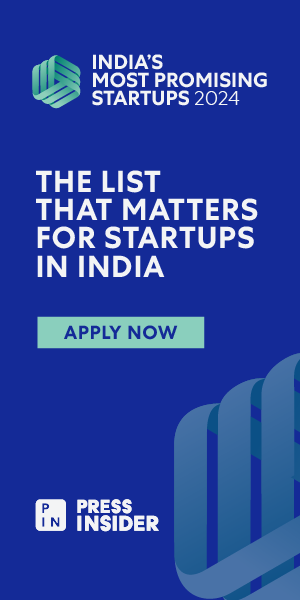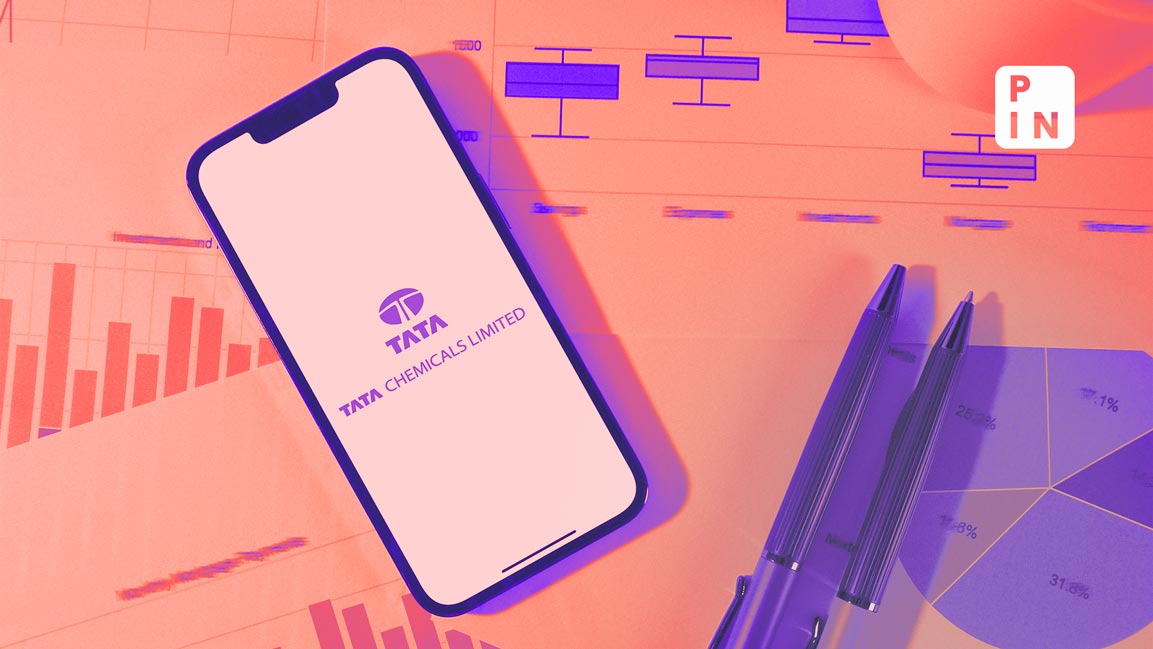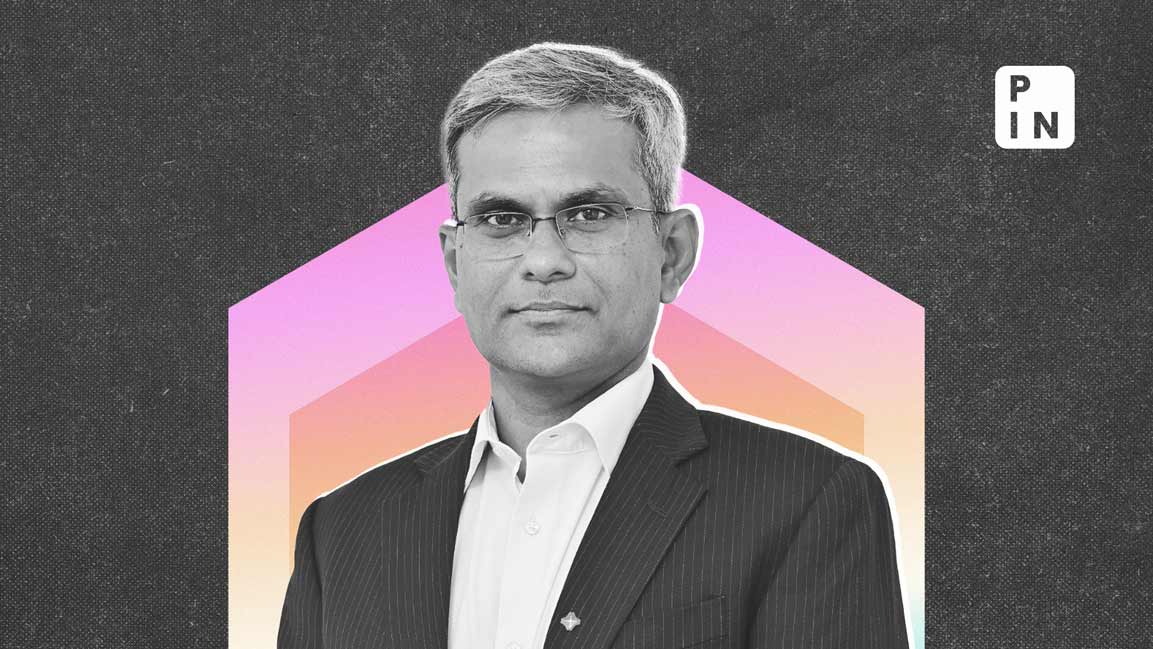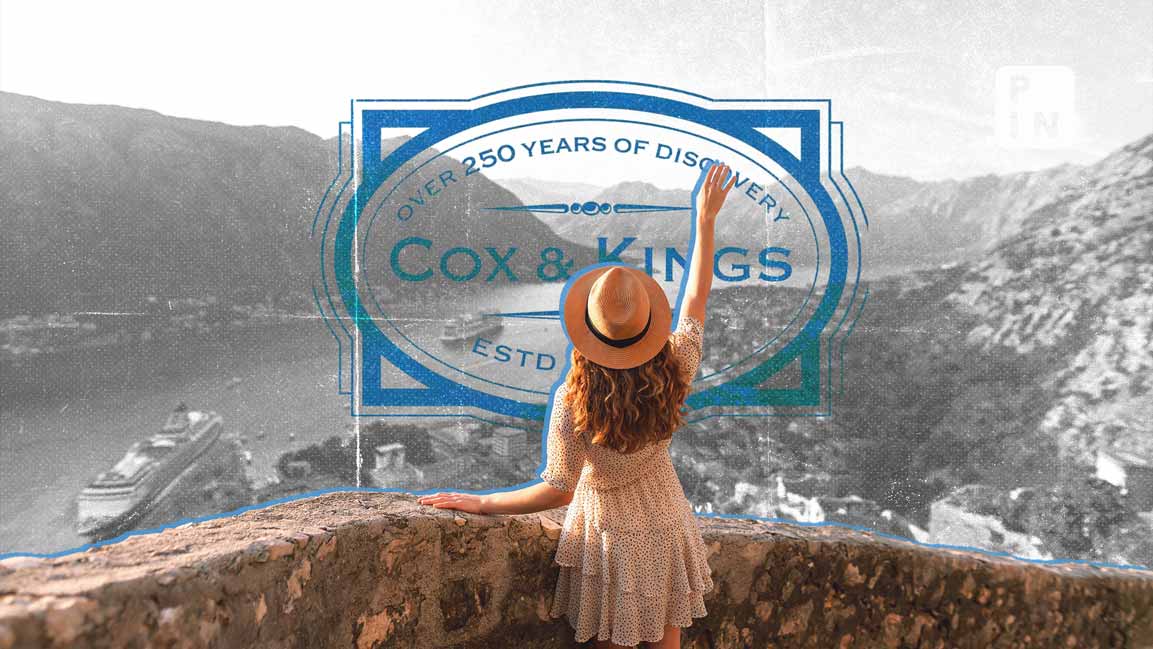- | 5:40 pm
TCS, HDFC Bank, Infosys among India’s top most valuable brands
Apple stays the world’s most valuable brand, while Airtel sees biggest jump in brand value amid fierce battle with Jio
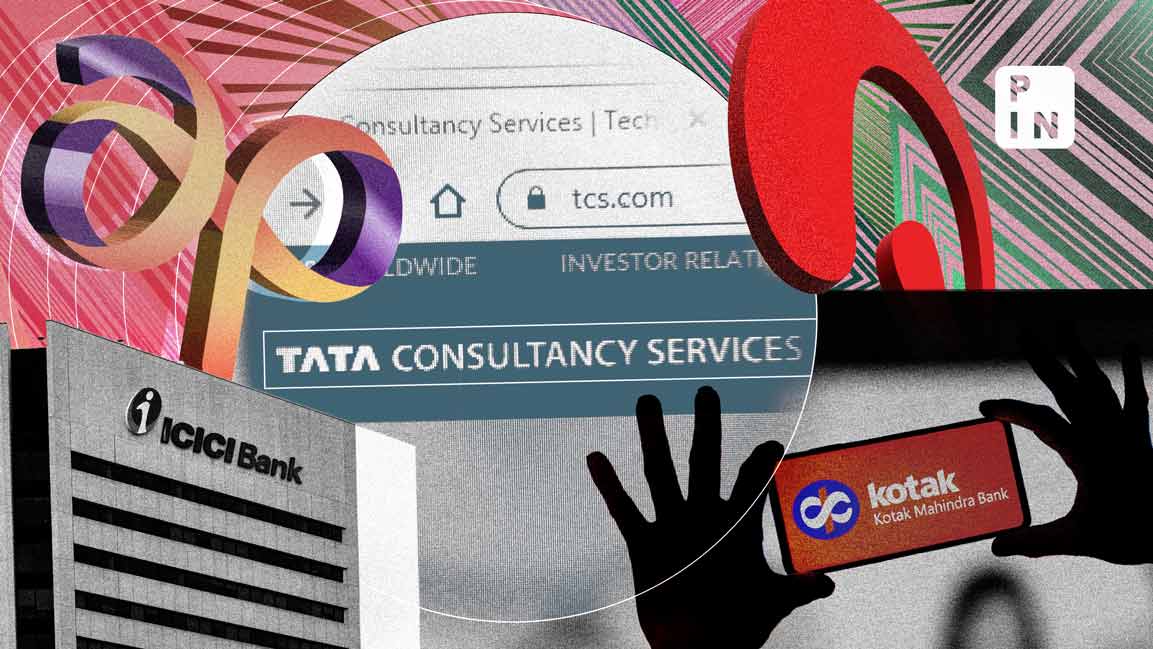
IT services company Tata Consultancy Services Ltd (TCS) has retained its position as India’s most valuable brand for a second year, with a brand value of $42.9 billion, despite a slump in the overall technology sector.
HDFC Bank with a brand value of $33.6 billion is the second most valuable Indian brand, followed by Infosys ($24.1 billion), Bharti Airtel ($22.5 billion) and State Bank of India ($14.4 billion) in the latest Kantar BrandZ report.
The report by researcher Kantar highlights that among all the brands in the global rankings, Bharti Airtel posted the strongest year-on year jump in brand value of 24%. The telecom company raised its brand value by growing its subscriber base and average revenue per user despite a fierce price war with disruptor brand Reliance Jio, the report said. Jio takes the eighth place among India’s top brands.
The value of the top 50 Indian brands has increased almost fivefold from $70 billion in 2014 to $340 billion in 2023.

India’s top 75 brands have a combined value of $379 billion, a decline of 4% from the previous year, which the study termed as “a modest decrease, given the ongoing global economic volatility.”
Financial services companies cornered the most brand value at $108.2 billion, with Axis Bank being one of the top 10 risers in the sector with a value of $5.6 billion.
Newcomers in the list of top Indian brands included digital payment app PhonePe with a brand value of $4.5 billion, followed by fintech brand Cred ($2 billion), photo and video sharing app ShareChat ($1.3 billion) and entertainment platform Star ($1.3 billion).
The report said the companies behind India’s most valuable brands have consistently outperformed the benchmark indices – the Sensex and the Nifty – with share price growth over 10 years of 99.6%, when compared with an increase of 83.2% and 81.7%, respectively.
India, which recently surpassed China as the most populous country, is also poised to grow the fastest of any G20 country in the next several years, providing a fillip to its robust homegrown brands in finance and business technology, the report said.
“India has also become key to the ambitions of many global brands. And so European luxury brands are now staging fashion shows in India’s largest cities, as personal care brands work to reach new consumers in the country’s high-potential rural areas and small cities,” it added.
In the past, navigating India’s local ownership and manufacturing rules has proven difficult for some global businesses, especially retailers, but top global brands are now making big bets in auto manufacturing, smartphone assembly, and entertainment co-productions in the country, the report added.
Meanwhile, Apple retained its position as the world’s most valuable brand, with the latest Kantar Brandz study assigning a value of $880 billion to the tech giant. Google comes next on the list dominated by Big Tech companies, with a brand value of $578 billion, followed by Microsoft ($502 billion), Amazon ($469 billion) and McDonald’s ($191 billion).
To be sure, the world’s top 100 most valuable brands saw a 20% year-on-year decline in brand value, in a partial downward correction following two years of record highs.
This year, the global top 100 list features two brands making their rankings debut, as well as nine brands rejoining after a hiatus.
Five of this year’s 11 newcomers are fast-moving consumer goods (FMCG) brands: Nongfu Spring, Pepsi, Red Bull, Colgate, and Pampers.
Four of these FMCG brands are re-entering the list, while the fifth, Nongfu Spring, is making its Global Top 100 debut after entering the Kantar BrandZ China ranking in 2021. Together, these represent a rebalancing of sorts for a top 100 that has become increasingly weighted toward the tech sector. Energy brands ExxonMobil and Shell re-entered the global top 100 list this year.
The Kantar-Brandz report took into account 4.2 million consumer interviews covering 21,000 brands across 540 categories in 54 markets.




